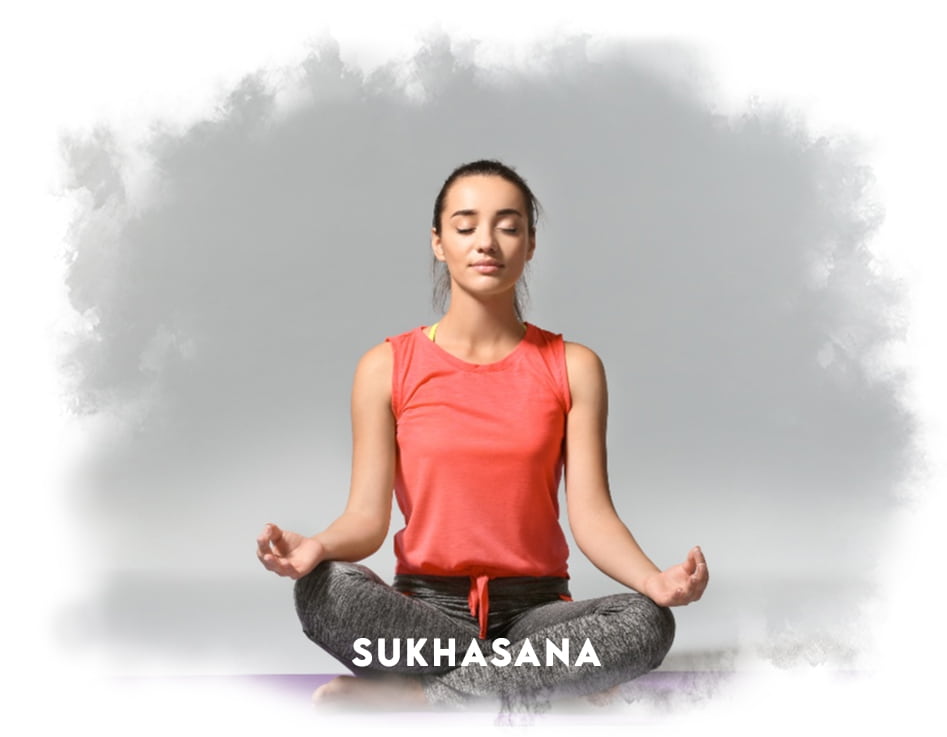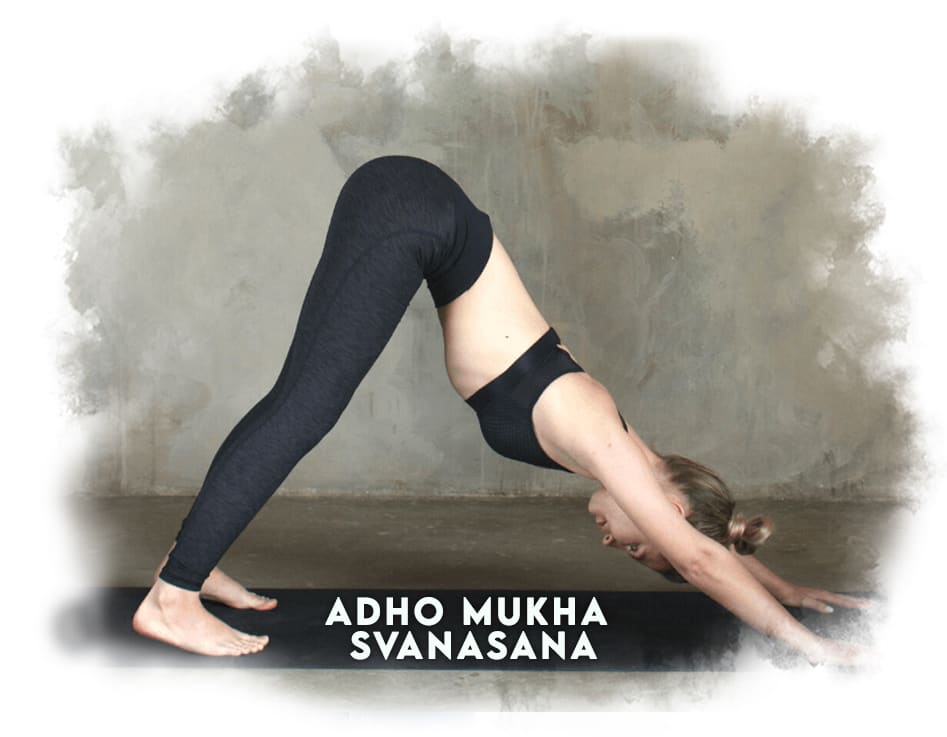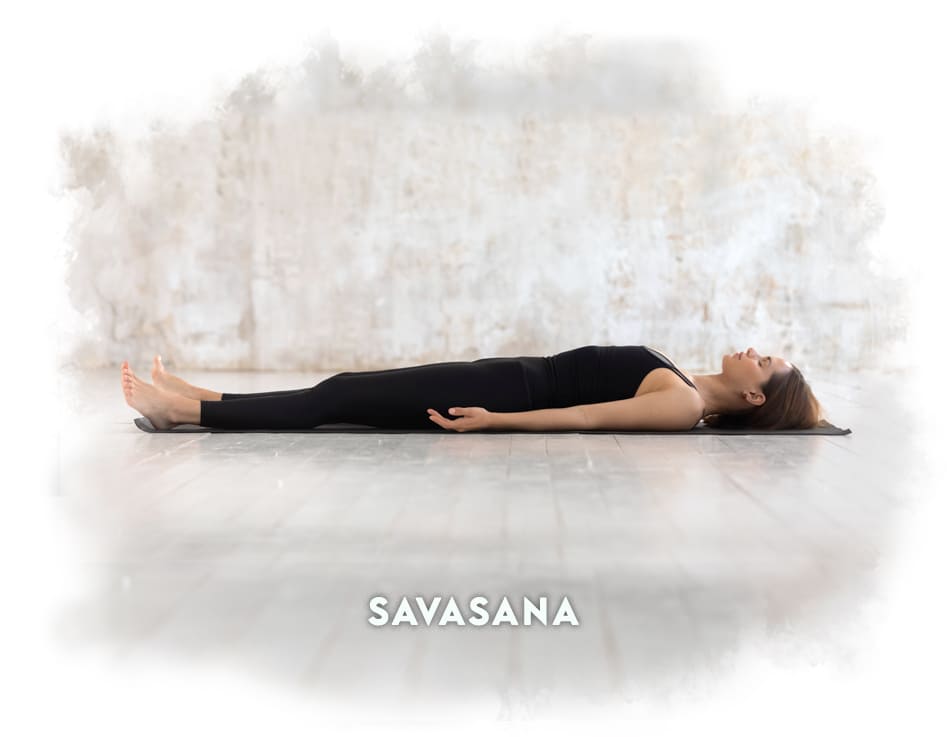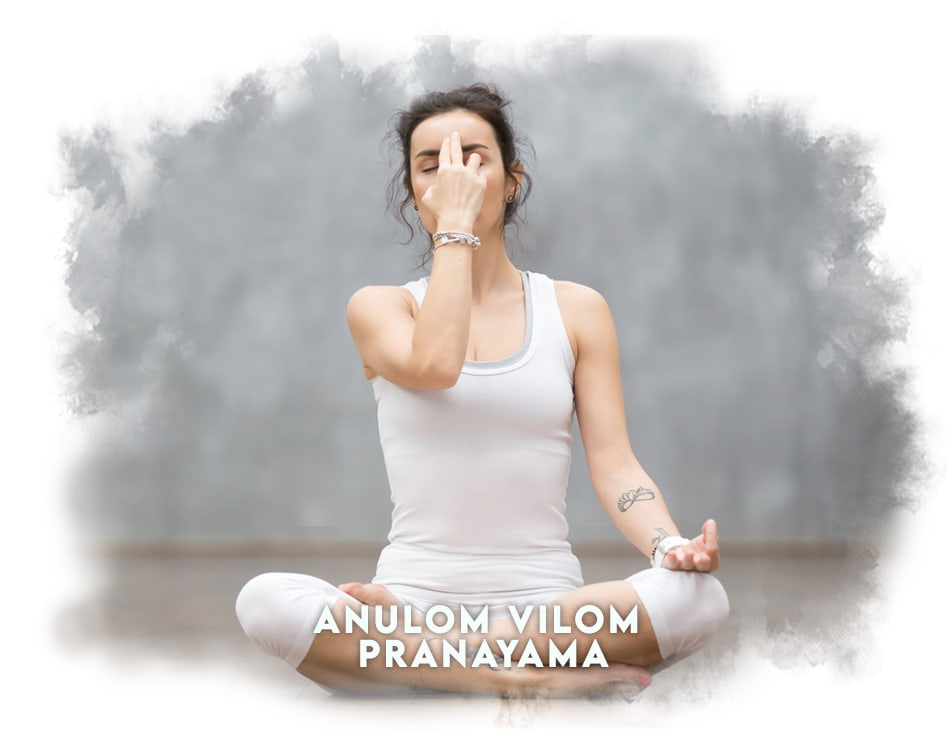Nowadays, Asthma is the most common disease that people are affected by worldwide. Likewise, the treatment of asthma goes on with any of the medication methods, for instance, Ayurveda. Yoga alone cannot cure the disease; alongside, proper medication and treatment is required for managing asthma. To cure this problem, individuals are recommended to perform asanas and a few breathing techniques and as per ayurveda, experts never recommend the use of inhalers in the condition but heal it naturally by Ayurvedic medicine.
In this upcoming blog, we are going to discuss various aspects of the topic. Which might include: the six yoga poses that are recommended to cure asthma, referring to research on the impact of doing this on a regular basis, exploring Dr. Sharda Ayurveda's suggested asthma asanas, and highlighting the benefits of incorporating yoga into asthma treatment.
Research Insights and Discussions on Asthma
Nowadays, asthma is a hot topic in the field of medical sciences. In this disease, one has difficulty in the respiration process. Ayurveda is the traditional medication system that forms medicines out of natural herbs. After a lot of studies Ayurveda has found ways to help patients with asthma. In this curing process, it uses different ways such as changes in diet for asthma, and the adoption of natural remedies & medicines, which vary as per the level of the disease you are affected with, and by.
Ayurvedic treatment is the best way to cure asthma and make infected people feel much better. In this case, one must consult an ayurvedic practitioner before one’s condition might get to its worst stages. Beforehand, one must figure out the best treatments for oneself. This upcoming blog can help you understand why you have asthma, what makes it worse, and new ways to make your life better if you have asthma.
Numerous studies suggest that yoga can benefit asthma patients in several ways:
- Improved lung function and peak flow.
- Reduced asthma symptoms and medication reliance.
- Enhanced quality of life and stress reduction.
- Better control over asthma triggers.
Yoga Asanas and Asthma Management
Yoga asanas in this particular era plays a significant role in managing asthma. While yoga is not a treatment used to treat asthma but it can give one a bit of relief, it offers valuable benefits for those dealing with the condition. Performing these promotes better lung functioning by increasing lung capacity and improving respiratory muscle strength.
Furthermore, practicing this helps you have a holistic view of controlling breathing. One is able to develop better breath control, eliminating stress and anxiety. While yoga may not "cure" asthma, it helps patients in achieving better control over their condition and improve their overall well-being.
Yoga asanas for asthma patients
Six Recommended Yoga asanas for asthma with the proper guidance, and how to perform for Asthma Patients.
Sukhasana (Easy Pose)
A simple cross-legged sitting posture, Sukhasana encourages relaxed, deep breathing and helps ease anxiety, a common asthma trigger.

- Firstly, spread a mattress, yoga mat or durrie on the floor.
- Sit and then, fold your left leg ensuring it touches the right thigh.
- After that, fold the right leg ensuring it touches the left thigh.
- Place your hands around the knees.
- The palm should face upwards, and the thumb and forefinger should form a loop.
- Ensure that your head and body are straight.
- The spine should remain erect, and the breathing should be normal.
- Repeat.
Bhujangasana (Cobra Pose)
This backbend opens the chest, improving lung capacity and strengthening respiratory muscles.

- Lie down on your stomach with your toes flat on the floor, soles facing upwards; rest your forehead on the ground.
- Keep your legs close together, with your feet and heels lightly touching each other.
- Place both hands in such a way that palms are touching the ground under your shoulders, elbows should be parallel and close to your torso.(trunk of a human body — minus arms, legs, and head)
- Taking a deep breath in, slowly lift your head, chest and abdomen. keep your belly button touching the ground while performing this pose.
- Use your hands to lift up your upper body off the floor. Make sure that you are putting equal pressure on both the palms.
- Keep breathing with awareness, as you curve your spine, vertebra by vertebra. If possible, straighten your arms by arching your back as much as possible; tilt your head back and look up
- Maintain the pose while breathing evenly for 4-5 breaths.
- Now, breathe out, and gently bring your abdomen, chest, and head back to the floor and relax.
- Repeat 4-5 times.
Adho Mukha Svanasana (Downward-Facing Dog Pose)
A gentle inversion, this pose enhances blood circulation, aids mucus drainage, and promotes better breathing.

- Come onto your fours. Form a table such that your back forms the table top and your hands and feet from the legs of the table.
- As you breathe out, lift the hips up, straightening the knees and elbows, forming an inverted V-shape with the body.
- Hands are shoulder width apart, feet are hip width apart and parallel to each other. Toes point straight ahead.
- Press your hands into the ground. Widen through the shoulder blades. Keep the neck lengthened by touching the ears to the inner arms.
- Hold the downward dog pose and take long deep breaths. Look towards the navel.
- Exhale. Bend the knees.
- Return to table pose and relax.
Savasana (Corpse Pose)
A relaxation pose, Savasana reduces stress and anxiety, helping prevent asthma exacerbations triggered by emotional factors.

- Simply, Lie down on your back.
- While stretching your arms and legs out and away from your body.
- Keep your eyes gently closed.
- Breathe evenly and attempt to relax.
- Ensure that your body is completely relaxed and focus on your mind.
- Practice regularly till you learn to focus, and can still your thoughts.
- The asana is meant to rest the body in a limited time. Practice the posture till you attain a sense of calm.
- Practice this posture before and after every yoga session.
Ujjayi Pranayama (Ocean Breath)
This is one of the best asthma asanas suggested by experts. A controlled breathing technique, Ujjayi Pranayama warms and moistens the airways, alleviating asthma symptoms.

- Sit in any meditative pose like Padmasana with your eyes closed and try to keep your spine erect.
- Take a long, deep breath slowly from both the nostrils (inhale or breath in).
- While breathing, try to contract the throat and feel the touch of air in your throat.
- As air touches the throat a peculiar sound is produced.
- Enable the breath to be light and relaxed as you slightly contract the rear of your throat, making a gentle hissing sound as you inhale and out. The sound isn’t forced; however, it ought to be loud enough so if somebody came near you they’d hear it.
- Now breathe out by closing your right nostril and exhale from the left nostril. Try to produce the sound ‘HHHAA’ while exhaling.
- Can repeat 4-5 times.
Anulom Vilom Pranayama (Alternate Nostril Breathing)
This pranayama technique promotes balanced breathing and reduces stress, contributing to asthma management.

- Sit in a comfortable position. Close your eyes and keep the backbone erect and head straight.
- Take a deep breath and relax your body in a holistic way.
- Then one has to form a pose, the Jnana Mudra with your left hand and place it on your left knee. Jnana Mudra is formed by facing the palm upwards and joining the tips of the index finger and thumb.
- Fold the fingers of the right hand into Nasagra mudra. This is formed by folding the middle and index finger of the right hand.
- Now place these two fingers on the right nostril and fold the right little and ring finger.
- Keep the right thumb on the right nostril.
- Now breathe out through the left nostril. Now, inhale through the left nostril slowly. Next close the left nostril with the ring and small finger and open the right nostril by releasing the thumb. Breathe out through the right nostril.
- Then, breathe in through the right nostril. When inhalation through this nostril is over, close it and open the left nostril to breathe out.
- This is one complete round of Anulom vilom
- Repeat the same steps alternately.
Role of Yoga in Asthma
Dr. Sharda Ayurveda recommends the following yoga poses for asthma management:
- Tadasana (Mountain Pose): Enhances lung capacity and posture.
- Ardha Matsyendrasana (Half Lord of the Fishes Pose): Strengthens the spine and improves respiratory function.
- Gomukhasana (Cow Face Pose): Promotes deep, controlled breathing.
Steps to Perform Asthma Asanas
- Begin with a warm-up, gentle stretching, and deep breathing.
- Perform each asana mindfully, focusing on your breath.
- Maintain proper alignment and ease into poses.
- Use props like blocks or cushions for support if needed.
- Always listen to your body, and do not force any pose.
Benefits of Yoga for Asthma Patients
- Improved lung function and capacity.
- Enhanced relaxation and stress reduction.
- Better control over asthma triggers.
- Reduced reliance on medication.
- Increased overall well-being and quality of life.
Additional Health Benefits of Yoga in Daily Life
- Beyond asthma management, regular yoga practice offers various health benefits:
- Enhanced flexibility, balance, and posture.
- Stress reduction and improved mental health.
- Enhanced immune function and better sleep quality.
- Weight management and increased energy levels.
- Overall physical and emotional well-being.
FAQ's
What is the Ayurvedic reason for asthma?
As per Ayurveda, it basically happens because of an imbalance of the Vata dosha which can be caused by environmental factors, improper diet, and stress. It emphasizes the importance of identifying and eliminating toxins (ama).
How can I strengthen my lungs?
One can strengthen their lungs as per our ayurvedic studies by performing Kavala oil pulling or Ghee in Nostrils, Vasp Swedana (inhaling steam), and Pranayama.
Which asanas are not used to cure asthma?
Patients in this condition must consult a professional to know which asanas are good or bad for them and they might give you proper guidance for curing as per your Ayurvedic constitution.
Which pranayama is good for asthma?
Pranayama is very beneficial as this is the therapy included in managing the symptoms of asthma. In this crucial condition, asthma patients stop themselves from suddenly increasing their breathing rate or pattern and this may help them in improvising this condition.
What precautions to take while performing Yoga?
A Warm up and stretches before asanas are mandatory precautions to avoid injuries in the cases while performing these yoga postures. Asthma asanas should be done slowly and one should move to advanced postures with practice. Try to eat Satvik food (Avoid meat, eggs, onion, garlic and mushrooms from diet). Stay hydrated before going into yoga practice.
Conclusion
As yoga cannot cure asthma, but it can be a valuable add-on to the health of asthma patients. By incorporating yoga poses and pranayama into one's daily routine, as per the professional’s advice recommended by doctors, may help individuals to improve lung function, reduce symptoms, and enhance overall well-being. However, a new exercise routine should always be consulted with your healthcare provider before starting, especially if you have any health-related problems. You can get expert advice at Dr. Sharda Ayurveda Hospital and get solutions to your medical issues with our best medical team and natural medication.
